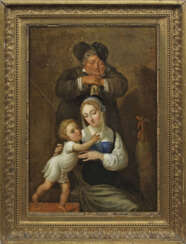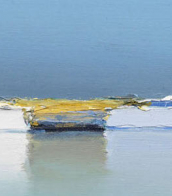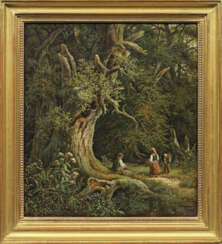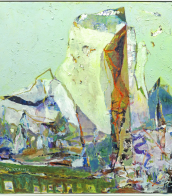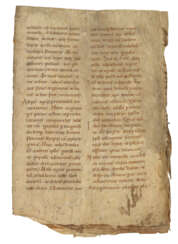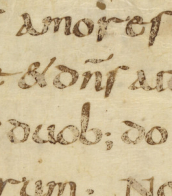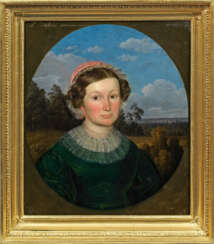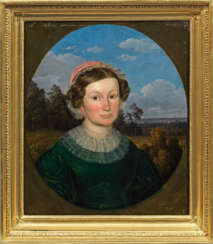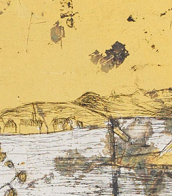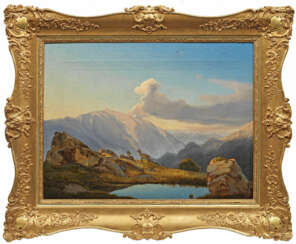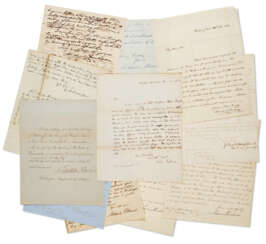léon légat (1829 -
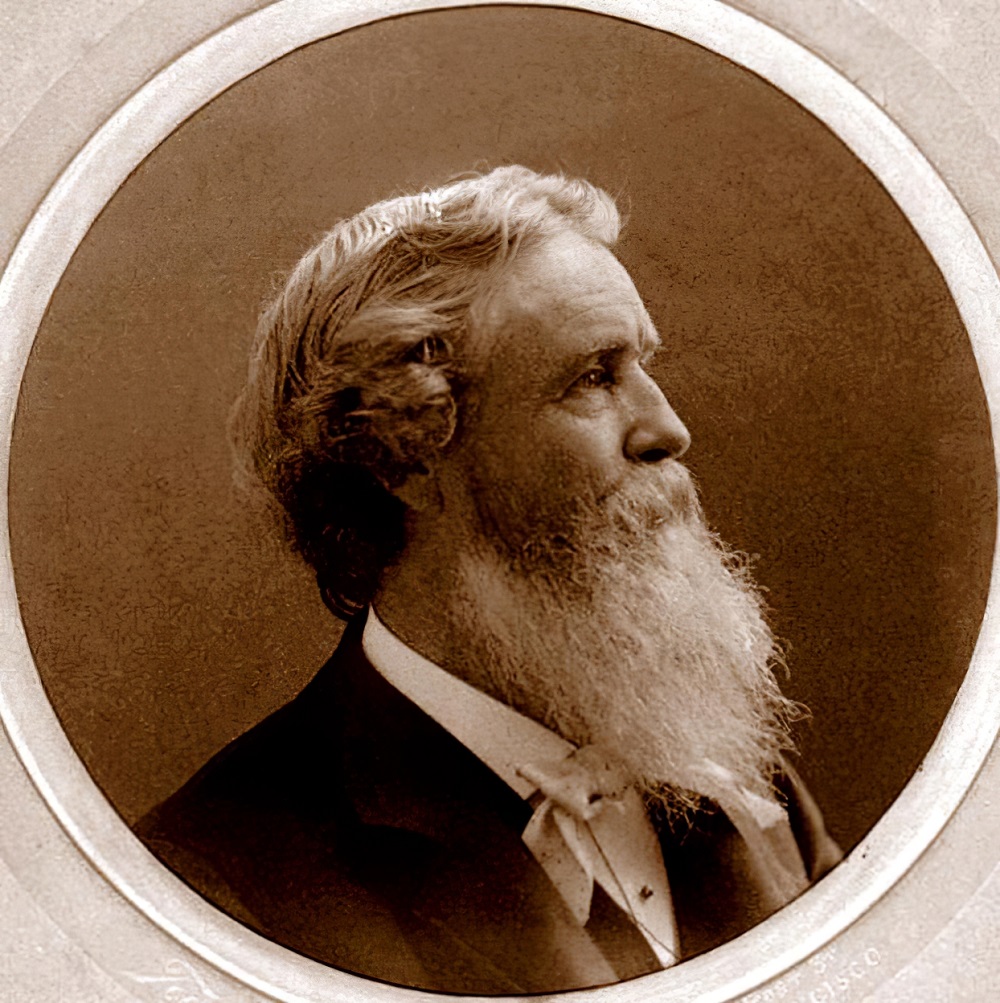
Thomas Hill was an English-born American artist of the 19th century. He produced many fine paintings of the California landscape, in particular of the Yosemite Valley, as well as the White Mountains of New Hampshire.
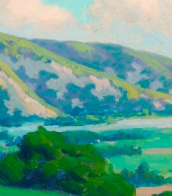
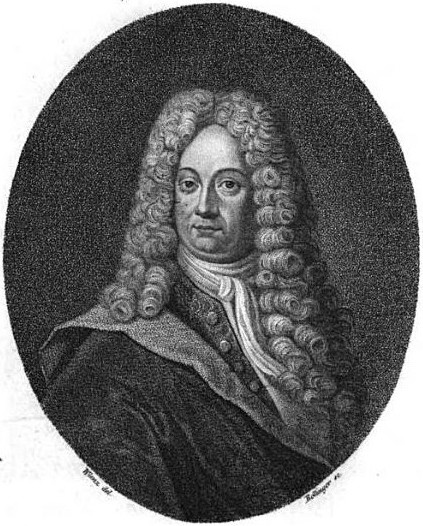
David Blaesing was a German mathematician and astronomer.

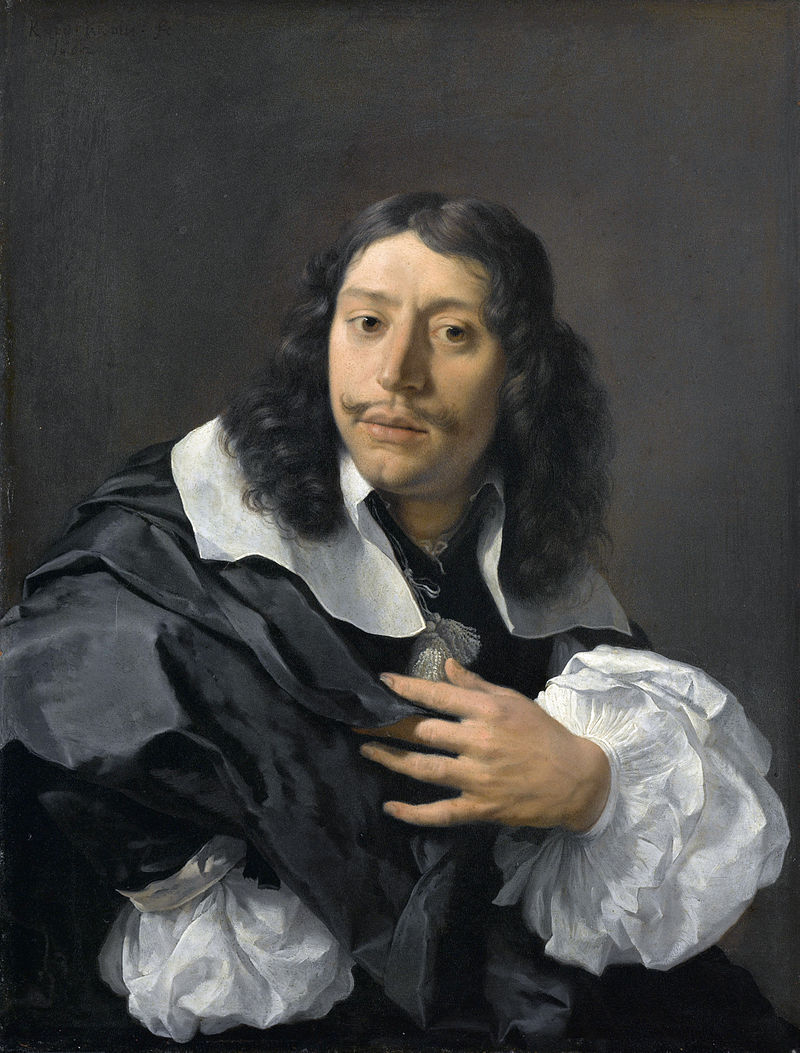
Karel Dujardin was a Dutch painter and printmaker of the Golden Age of Dutch painting.
He studied with Klaas Berchem and Paulus Potter, traveled to Italy, and lived in Lyon. In 1656 he participated in the founding of the Pictura Society in The Hague.
Dujardin painted mostly Italian landscapes, genre scenes, including scenes from rural life, portraits of elegant people and historical paintings.
Many of Dujardin's works are in the Louvre, the Hermitage (St. Petersburg), as well as in Amsterdam, The Hague, Kassel, and Berlin.

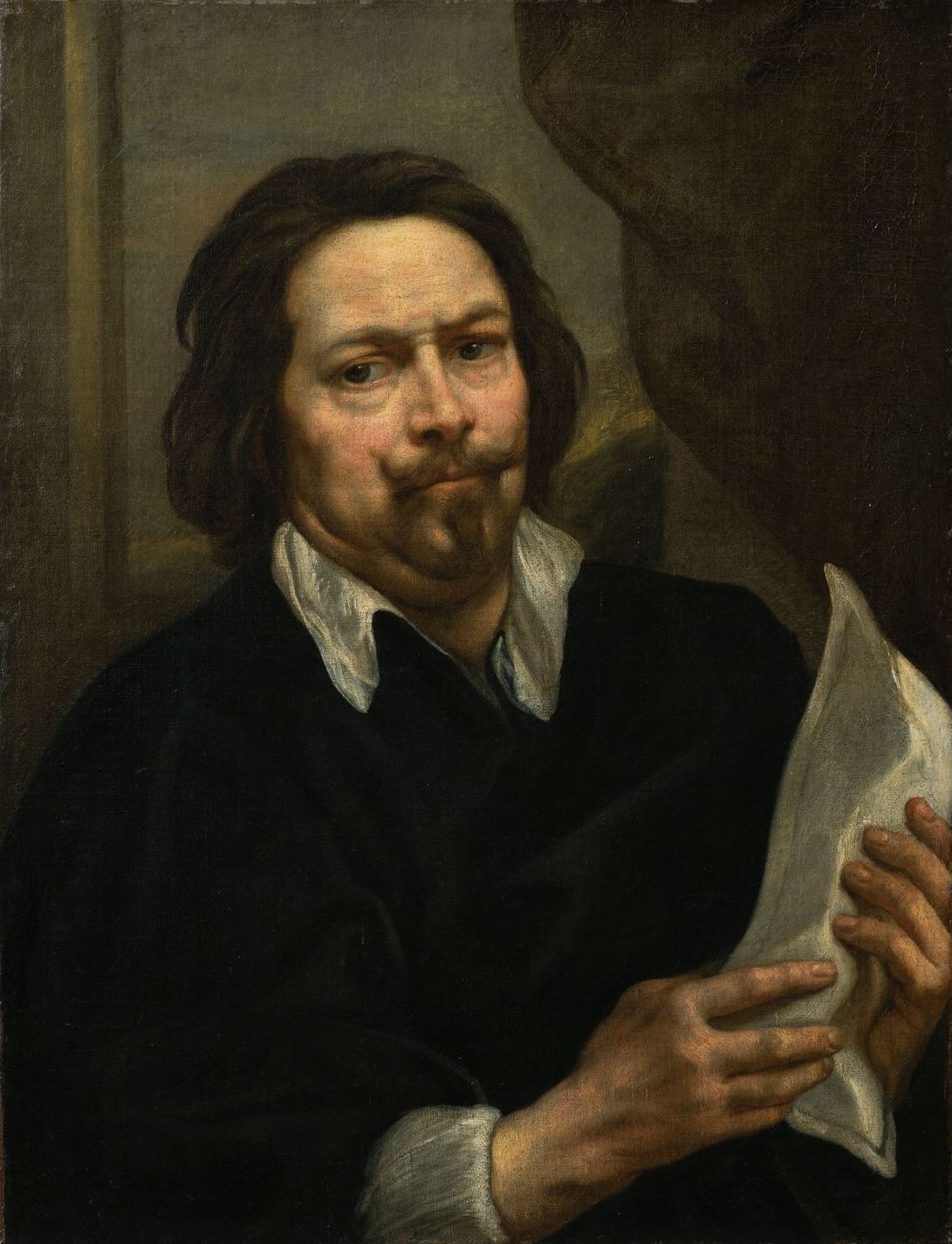
Jacob Jordaens was a Flemish painter, draughtsman and tapestry designer known for his history paintings, genre scenes and portraits. After Peter Paul Rubens and Anthony van Dyck, he was the leading Flemish Baroque painter of his day. Unlike those contemporaries he never travelled abroad to study Italian painting, and his career is marked by an indifference to their intellectual and courtly aspirations. In fact, except for a few short trips to locations elsewhere in the Low Countries, he remained in Antwerp his entire life. As well as being a successful painter, he was a prominent designer of tapestries.
Like Rubens, Jordaens painted altarpieces, mythological, and allegorical scenes, and after 1640 — the year Rubens died — he was the most important painter in Antwerp for large-scale commissions and the status of his patrons increased in general. However, he is best known today for his numerous large genre scenes based on proverbs in the manner of his contemporary Jan Brueghel the Elder, depicting The King Drinks and As the Old Sing, So Pipe the Young. Jordaens' main artistic influences, besides Rubens and the Brueghel family, were northern Italian painters such as Jacopo Bassano, Paolo Veronese, and Caravaggio.

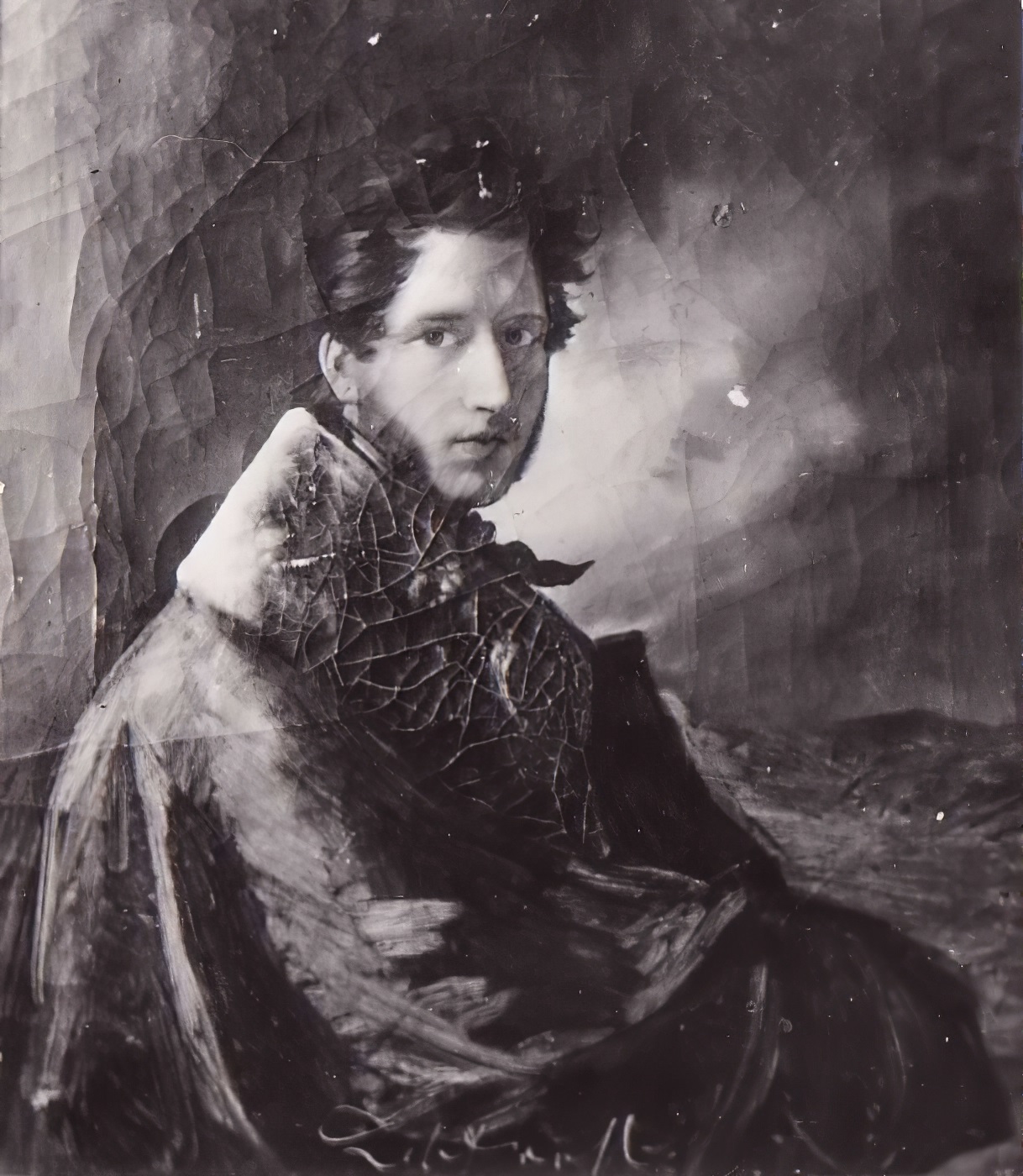
Carl Timoleon von Neff (Russian: Тимофей Андреевич Нефф) was a Baltic German painter, known for his mastery in religious, portrait, and allegorical themes. Born in 1804 in Püssi, Estonia, Neff's talent led him to study under renowned artists in Italy and Germany, honing a style that blended academic and neoclassical influences.
Neff's works are particularly revered for their delicate handling of religious subjects and the regal elegance of his portraits. He became a favored artist at the Russian court, contributing significantly to the art collection of the Imperial family. Among his notable works, the altarpieces in the palace church at Peterhof and the St. Michael's Castle in Saint Petersburg stand out, showcasing his skill in creating spiritually profound and aesthetically pleasing compositions.
For art collectors and experts, Neff's paintings not only represent a fusion of religious devotion and artistic finesse but are also a testament to the rich cultural interplay in 19th-century Russian art. Those interested in exploring or acquiring pieces by Carl Timoleon von Neff should consider signing up for updates on new sales and auction events specifically related to his works. This ensures you remain informed about the availability of his influential and sought-after pieces.
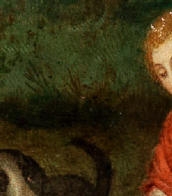
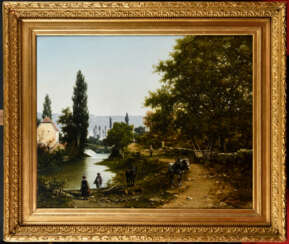


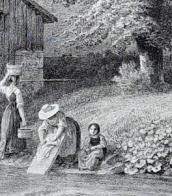




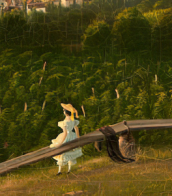
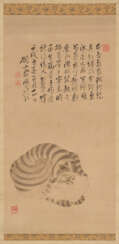

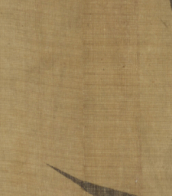
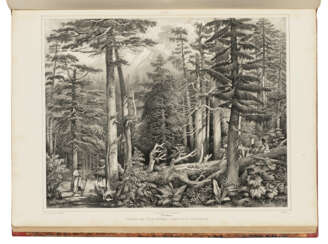




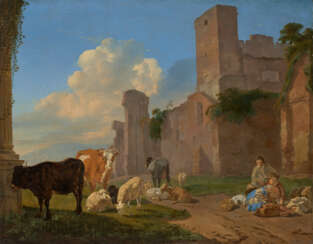

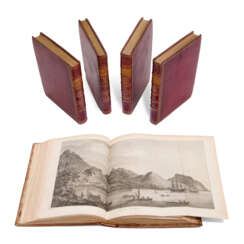

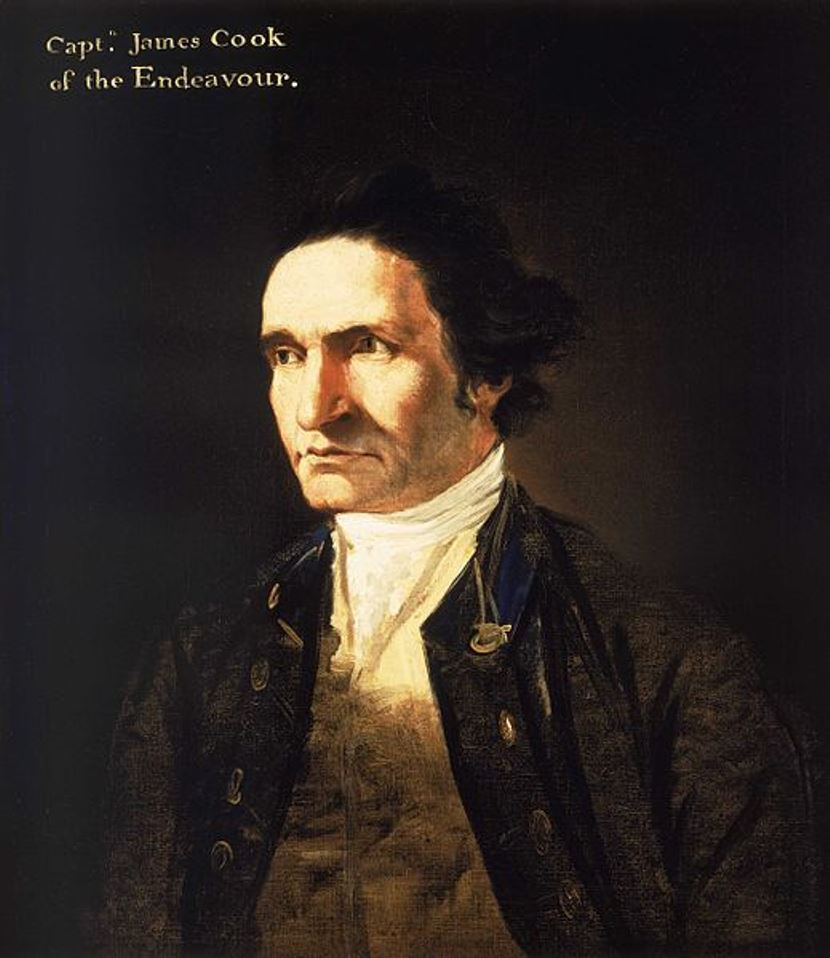

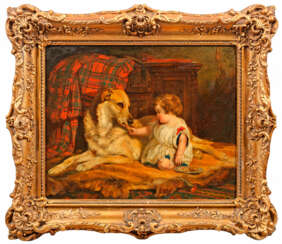

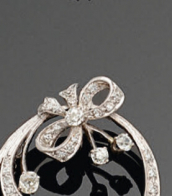


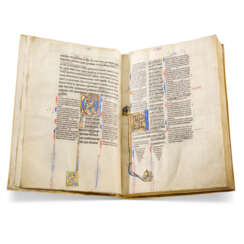


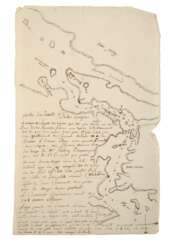

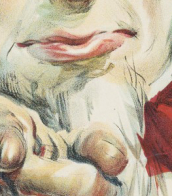
![[Pedro IV of Aragon (1319-1387)]](/assets/image/picture_3927881/4831f/947e4e5d2212170f44c0f15c745e65e81718056800jpg__fix_374_244.jpeg)
![[Pedro IV of Aragon (1319-1387)]](https://veryimportantlot.com/assets/image/picture_3927881/4831f/947e4e5d2212170f44c0f15c745e65e81718056800jpg__fix_374_244.jpeg)

